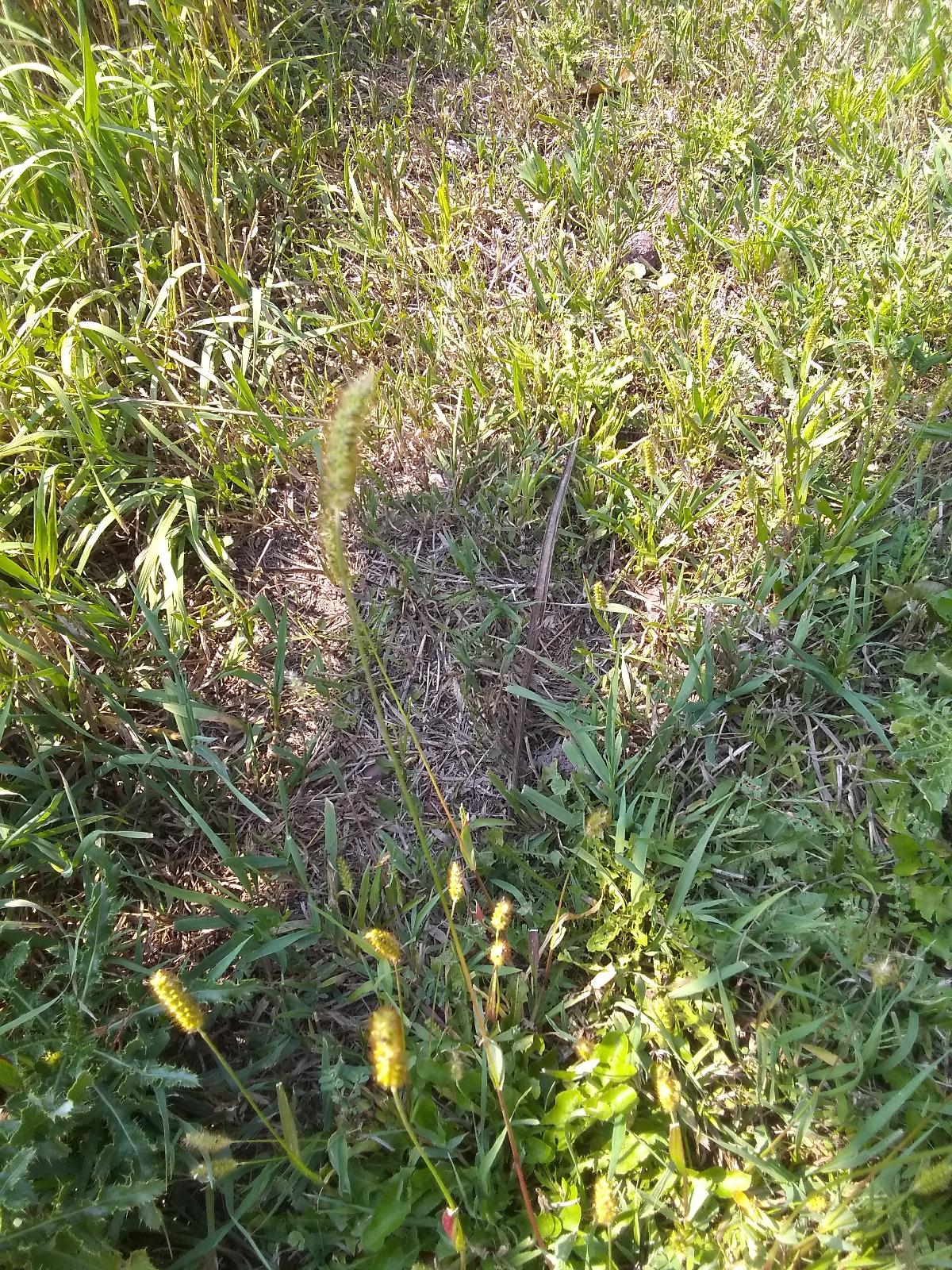It's hard to pinpoint when twilight - dawn and dusk - begins or ends. If I hike to the top of the hill, right around where I stop in at Milano's Coffee for a milkshake, I can see the horizon out on the plains and, as soon as the center of the sun clears the horizon, that's the end of twilight. But dawn begins as a gradual lightening of the skies.
I can't see the geographic horizon to the west since the massive mount Evans blocks my view, so I have no visual indication of when dusk begins or ends.
Astronomers can be much more precise. There are three stages of twilight. Say that you are on a hike along a trail and you expect it to turn into a night hike. You will notice that, even after the sun has set, you will have some time before you have problems seeing what's around you. That's called "civil twilight." Astronomers peg it from the time the center of the sun drops below the horizon to when it is 6° below the horizon.
As you continue to walk, you can still see pretty much where you're going but it's harder to see objects at the side of the trail. And you can see some of the brighter stars. This is the time of "nautical twilight". This was prime time for ancient mariners because they could see both the horizon and navigational stars like Polaris and navigation was easy. For astronomers, nautical twilight is the period when the center of the sun is from 6° below the horizon to when it is 12° below the horizon.
Pretty soon, you have to pull out your flashlight to see where you're going. Keep the red light mode on so you don't destroy your night vision. There's still a little light but the stars are beginning to really put on a show. You might see tiny stars shining back at you from the undergrowth, eyes reflecting your light back at you. This is "astronomical twilight" when the center of the sun is from 12° to 18° below the horizon. After that is night proper until the sequence reverses in the east with the beginning of dawn.
You can pinpoint the three stages of dawn and dusk by pulling up the Time and Date website:
https://www.timeanddate.com/
and type the name of the nearest town into the search bar at the top of the home page. You'll get a lot of information including a link entitled "Show more twilight and moon phase information". It will take you to a page that gives you all the times of day (and night, and all the twilights.)
Between day and night is a band of half-light, called the "terminator", that moves across the globe as the Earth rotates. If you have Google Earth, you can see it. There's a button in the toolbar at the top labeled something like "Show sunlight on the landscape."
How broad is the band? That varies according to the time of year and your latitude, but with those two pieces of information, you can calculate it. Start by figuring out how long your twilight lasts from the times at Time and Date. You can get your latitude from Google maps or Google Earth, or by finding your location in Wikipedia. If it has an article, it will tell you the geographic coordinates. You will want the degrees latitude as a decimal fraction (instead of degrees, minutes, and seconds).
You can figure out the circumference of the circle around the Earth at your latitude using the following equation:
c=2πR(cos l)
where R is the radius of Earth (6371 km or 3959 mi.) and l is your degrees latitude. You know that there are 360° in a circle, and you know (or now know) that it takes one hour for the Earth to rotate 15°. Can you figure out how broad the terminator is in kilometers or miles?
Give it a try, and while you're on your night hike, take in the beauty of the sky and trail, but watch your step!





